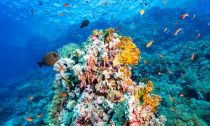
An international group of researchers representing thousands of coral scientists across the globe is calling for new commitments and actions by the world’s policymakers to protect and restore coral reefs. In a paper presented July 20 at the International Coral Reef Symposium, the scientists said that the coming decade will likely offer the last chance for policymakers at all levels to prevent coral reefs “from heading towards world-wide collapse.”
The paper, developed by the International Coral Reef Society, pushes for three strategies to save the reefs: addressing climate change, improving local conditions and actively restoring coral.
“The model projections show that up to 30% of coral reefs will persist through this century if we limit global warming to 1...
Read More

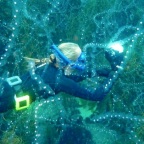

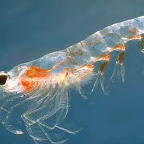
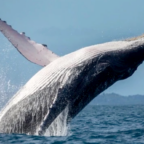

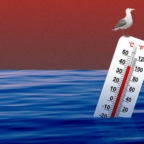
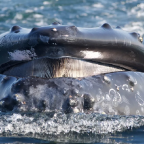
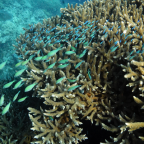

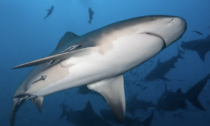
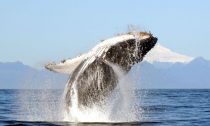
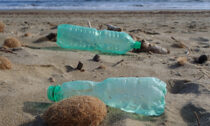

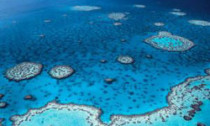
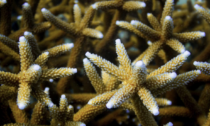
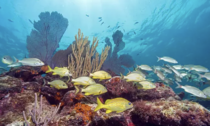
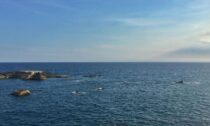

Social Profiles